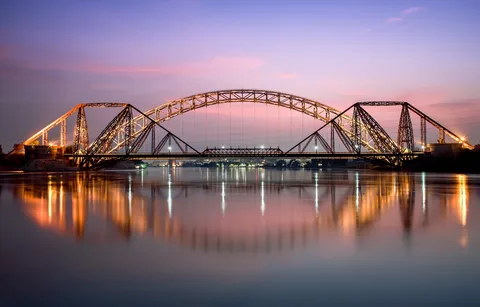May 9, 2023
Sukkur City Profile by Directory Pakistan.


![]()
Climate Data for Sukkur |
|||||||||||||
Month |
Jan |
Feb |
Mar |
Apr |
May |
Jun |
Jul |
Aug |
Sep |
Oct |
Nov |
Dec |
Year |
Record high °C (°F) |
31.0
|
38.0
|
45.0
|
49.0
|
50.5
|
50.5
|
46.5
|
44.5
|
43.5
|
41.6
|
37.2
|
31.0
|
50.5
|
Average high °C (°F) |
24.8
|
26.2
|
32.4
|
39.2
|
43.3
|
43.2
|
41.0
|
39.1
|
37.9
|
35.6
|
30.3
|
24.8
|
34.8
|
Daily mean °C (°F) |
16.5
|
18.2
|
23.9
|
30.1
|
34.6
|
35.7
|
34.7
|
33.2
|
31.4
|
27.8
|
21.7
|
16.5
|
27.0
|
Average low °C (°F) |
8.3
|
10.2
|
15.4
|
21.1
|
25.9
|
28.3
|
28.4
|
27.3
|
24.9
|
20.0
|
13.2
|
8.3
|
19.3
|
Record low °C (°F) |
1.0
|
0.5
|
3.0
|
9.5
|
16.5
|
19.5
|
20.8
|
17.5
|
19.5
|
12.4
|
5.0
|
−1.5
|
−1.5
|
Average precipitation mm (inches) |
3.5
|
7.0
|
6.8
|
5.7
|
5.0
|
4.5
|
20.8
|
20.4
|
0.9
|
3.0
|
0.6
|
9.4
|
87.6
|
Average precipitation days |
0.3 |
0.6 |
0.8 |
0.4 |
0.4 |
0.5 |
2.0 |
0.6 |
0.1 |
0.1 |
0.1 |
0.3 |
6.2 |
Average relative humidity (%) |
52 |
48 |
39 |
28 |
29 |
38 |
49 |
56 |
52 |
46 |
47 |
52 |
45 |
Mean monthly sunshine hours |
276 |
294 |
318 |
345 |
363 |
372 |
357 |
336 |
321 |
309 |
288 |
276 |
3,855 |